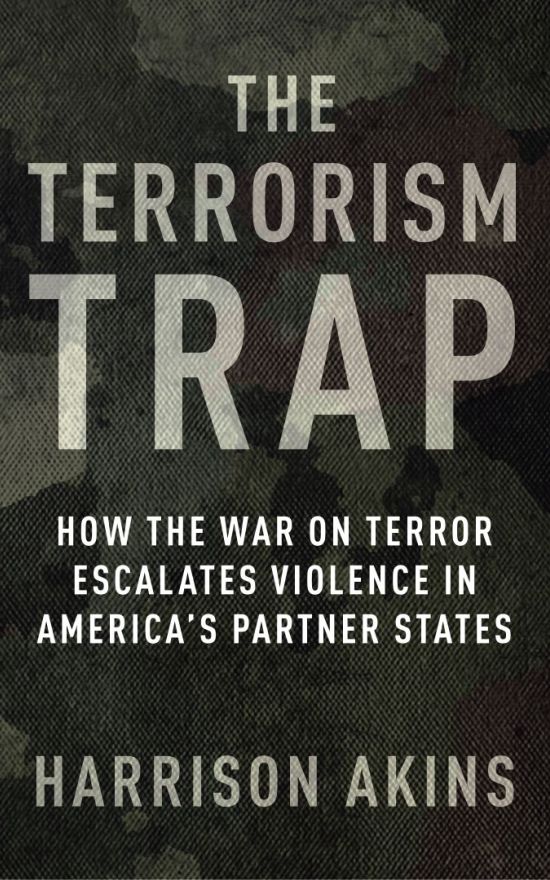
The Terrorism Trap: How the War on Terror Escalates Violence in America's Partner States
After two decades and trillions of dollars, the United States’ fight against terrorism has achieved mixed results. Despite the vast resources and attention expended since 9/11, terrorism has increased in many societies that have been caught up in the war on terror. Why have U.S. policies been unable to stem the tide of violence?
Harrison Akins reveals how the war on terror has had the unintended consequence of increasing domestic terrorism in U.S. partner states. He examines the results of U.S.-backed counterterrorism operations that targeted al-Qaeda in peripheral regions of partner states, over which their central governments held little control. These operations often provoked a violent backlash from local terrorist groups, leading to a spike in retaliatory attacks against partner states. Senior U.S. officials frequently failed to grasp the implications of the historical conflict between central governments and the targeted peripheries. Instead, they exerted greater pressure on partner states to expand their counterterrorism efforts. This exacerbated the underlying conditions that drove the escalating attacks, trapping these governments in a deadly cycle of tit-for-tat violence with local terrorist groups. This process, Akins demonstrates, accounts for the lion’s share of the al Qaeda network’s global terrorist activity since 2001.
Drawing on extensive primary sources—including newly declassified documents, dozens of in-depth interviews with leading government officials in the United States and abroad, and statistical analysis—The Terrorism Trap is a groundbreaking analysis of why counterterrorism has backfired.






